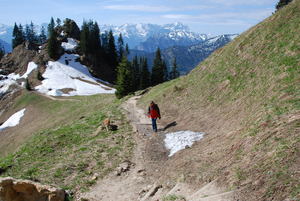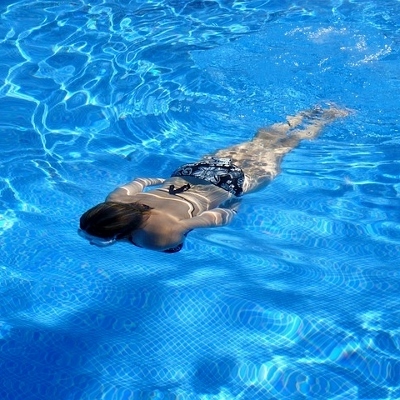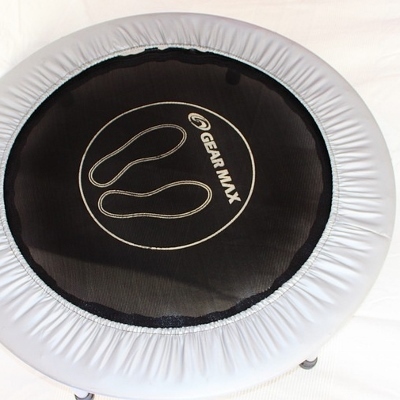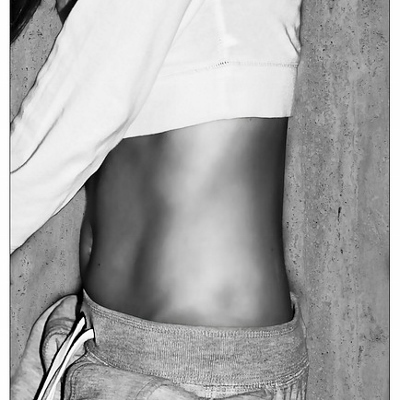 Your choice of clothing is important when you live in a climate where temperatures vary throughout the year. This is not about looking fashionable, of course, but to ensure that an outdoor workout isn’t abruptly cut short by the inability to cope with the weather.
Your choice of clothing is important when you live in a climate where temperatures vary throughout the year. This is not about looking fashionable, of course, but to ensure that an outdoor workout isn’t abruptly cut short by the inability to cope with the weather.
Sun protection measures are well-known and relatively straightforward. Dressing to exercise in colder weather, on the other hand, requires more thought. A key aspect of layering your clothing to exercise in colder weather is ensuring that the layer closest to the skin can wick moisture away from it. This allows it to evaporate without chilling the body (thermal underwear is a blessing when the mercury plunges). In order to be effective, this layer should fit well, but not too tightly.
On top of the wicking layer, the next layer should insulate you against the cold. This means wearing garments made from fleece or wool. Such materials trap heat while drying quickly and while insulating the body even in a damp state.
This insulation is typically looser than the wicking layer so that air is trapped between the layers, further ensuring you stay warm while being light enough to ensure your range of motion is maintained.
The topmost layer should be waterproof while allowing perspiration and excess moisture to escape. This means that the clothing is made from coated/laminated, tight-weave materials.
The socks you wear when exercising outdoors in cold weather also warrant serious thought. Typically, cotton absorbs and retains moisture, making it a material better suited to the warmer months. This is because the moisture that dries then will cool the feet further. When it’s colder, a better option is to opt for socks made from wool to stay warm and comfortable.
Another aspect to consider for outdoors exercise in colder weather is safety. Since the days become shorter as the weather gets colder, clothing or tape that is reflective can be an important personal safety measure to increase your visibility.





